Before streaming services, before MP3s, before even CDs took over the world, there was a magical ritual performed in bedrooms, parks, and street corners across America: the simple act of popping a cassette tape into your boombox. This humble technology combination created experiences that today’s wireless, touchscreen world can’t quite replicate. There was something deeply satisfying about the physical interaction with music—something we’ve lost in our pursuit of convenience and unlimited choice. The cassette-boombox era represents not just nostalgia, but a fundamentally different relationship with how we consumed and shared music.
1. That Perfect “Click-Clunk” Sound
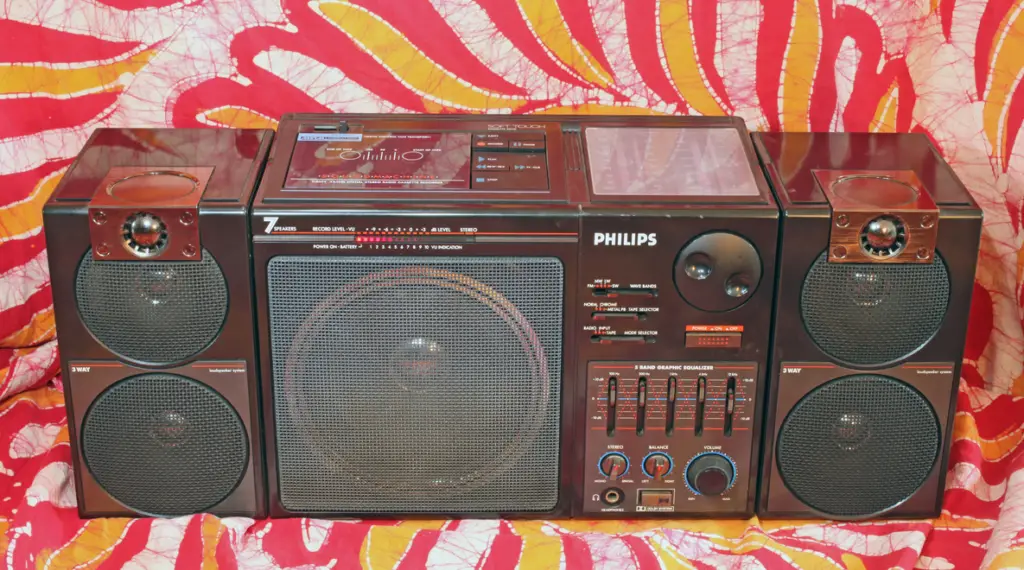
Nothing compared to the tactile satisfaction of sliding a cassette into the deck and pressing it home with just enough force to trigger that perfect “click-clunk” mechanism. The sound itself was confirmation that you’d done something real—a physical action with immediate audible feedback. It wasn’t just pressing a virtual button on a touchscreen; it was a mechanical interaction that engaged your senses. Bose also notes that the boombox also offered a blank canvas for personalization so many of us excitedly took advantage of.
The weight of the cassette in your palm, the slight resistance as the mechanism took hold, and finally that distinctive sound as the tape locked into place—these created a multi-sensory experience that streaming can never duplicate. This small moment of mechanical perfection trained a generation to appreciate the beauty of well-designed physical objects and the satisfaction of proper mechanical function. Even today, many product designers try to recreate that perfect “click” in modern devices, knowing that humans crave that tactile feedback loop.
2. The Anticipation During the Tape’s Journey to Track 5

Remember the delicious anticipation of fast-forwarding to your favorite song? The whirring sound as the spools spun, the careful attention as you watched the counter numbers climb (if your deck had them), or the practiced art of timing just how long to hold that FF button. It was a journey filled with suspense—would you stop at exactly the right moment or overshoot and have to rewind? The Economic Times clumps the boombox together with other clunky, charming gadgets that managed to charm multiple generations before technology shouldered it out of the limelight.
This built-in waiting period created a relationship with individual songs that today’s instant-access world has eliminated. The anticipation made the payoff sweeter, the song more valuable because you’d invested time getting there. The slight hiss before the music started, the occasional wobble in the audio—these weren’t defects but part of the authentic experience that gave the music texture and presence. That moment when you finally released the button and pressed play, not knowing if you’d landed in the perfect spot, was a small adventure every time.
3. The Physical Connection to Your Music Collection
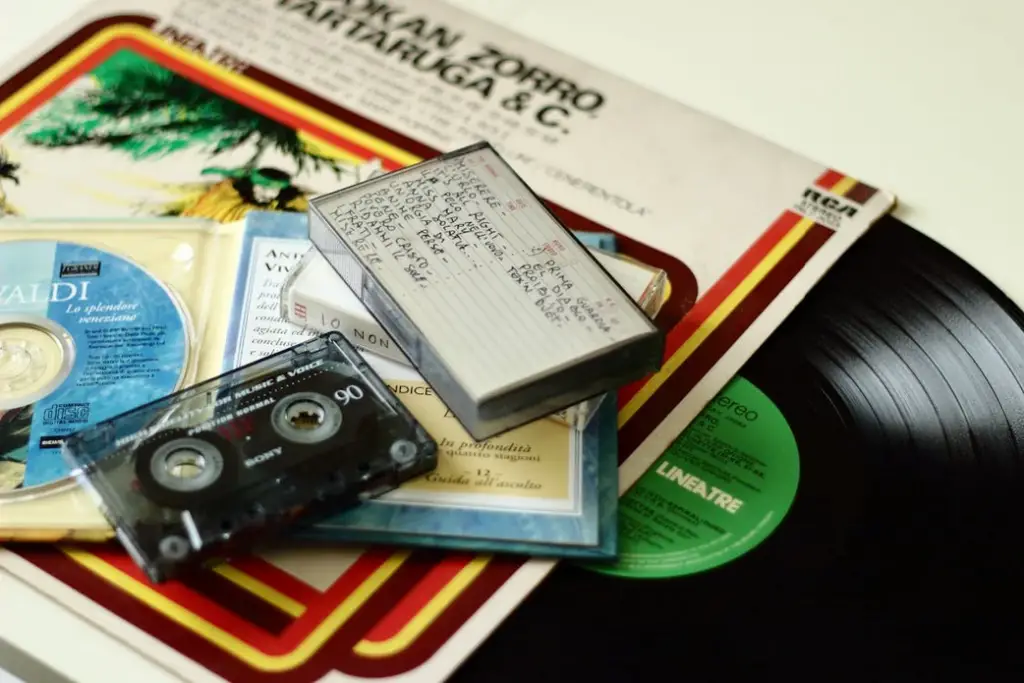
Your tape collection said something about who you were. Unlike invisible playlists stored in the cloud, cassettes occupied physical space in your room. They stacked on shelves, filled shoeboxes, and lined up in specially designed cases with their spines displaying band names and album titles like tiny billboards advertising your taste. With a bit of clever hunting, AudioLinks writes, fans can find multimedia boomboxes, so listeners can enjoy the sounds of their whole music collection on one nostalgic device.
Choosing which tapes to bring with you required serious thought—you couldn’t bring your entire collection everywhere like we do today. This forced curation made each selection meaningful, each cassette valuable. The visible wear on your favorites—slightly warped cases, labels rubbed thin from handling, the tape itself occasionally stretched from overplay—created a visible history of your relationship with that music. Your most beloved albums bore the physical evidence of your devotion, something a stream count can never truly replicate.
4. The Intimate Art of the Mixtape
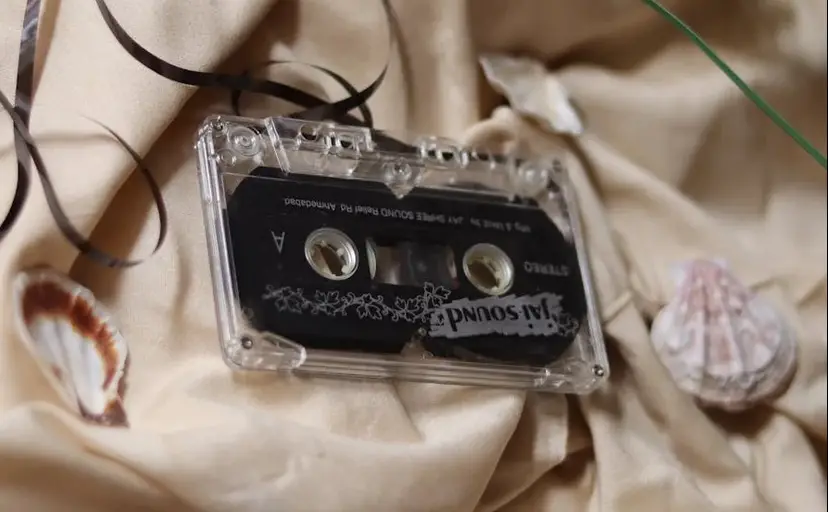
Creating a mixtape was an act of personal expression that required genuine effort and planning. Recording songs from the radio or other tapes meant sitting attentively for hours, finger hovering over the record button, timing transitions perfectly, and curating a sequence that flowed naturally from one track to the next.
The physical limitations of the cassette—typical 45 minutes per side—forced thoughtful decisions about what to include and what to leave out. The finished product was a tangible gift that represented hours of work and consideration, whether made for yourself, a crush, or a friend. The handwritten track listing, often decorated or designed to enhance the overall presentation, added another layer of personalization. Today’s shared playlists, while convenient, can’t capture the same level of commitment and intentionality that went into creating these analog love letters.
5. The Democracy of Dual Cassette Decks
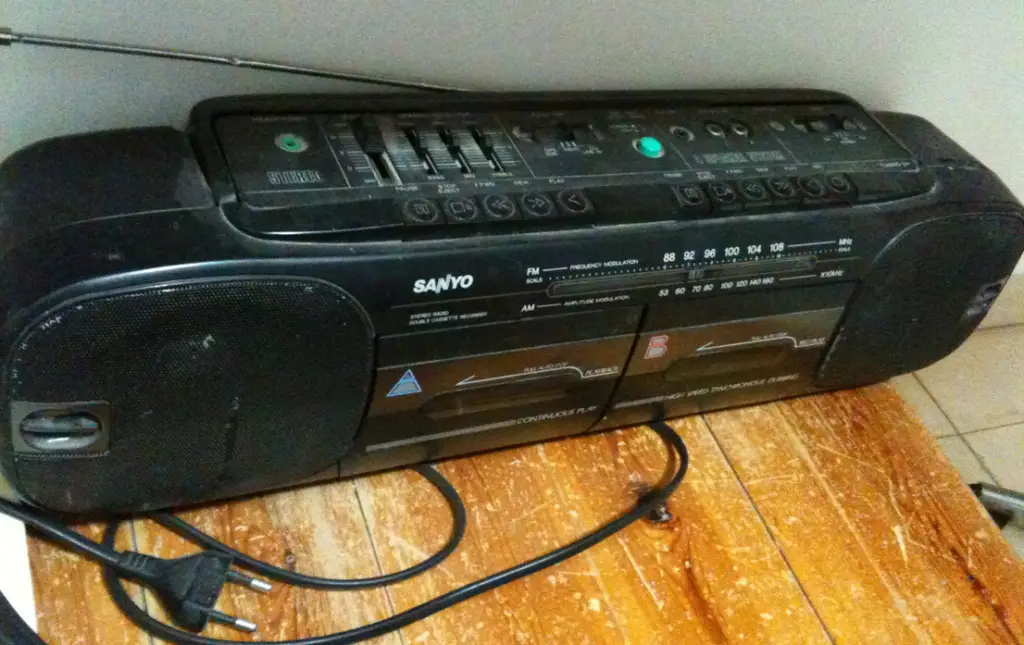
The dual cassette deck was revolutionary technology that democratized music sharing in ways that record companies never anticipated. That second deck meant you could duplicate almost any recording, creating your own distribution network among friends and family.
This tape-to-tape recording capability created informal music communities long before social networks existed. Trading tapes became a social currency, a way to discover new music through trusted friends rather than corporate radio playlists. Your network of tape-trading friends effectively functioned as a physical, social version of today’s recommendation algorithms, but with the added value of human curation and personal connection. The slight quality degradation with each generation of recording was a small price to pay for this freedom to share and discover music outside commercial channels.
6. The Theater of Public Music Sharing

Carrying your boombox to the park, beach, or street corner transformed music listening from a private experience into a public statement. The boombox was both a music player and a social signaling device—a way to claim space through sound and invite others into your acoustic world.
The physical presence of the boombox—substantial, visible, commanding attention—created a different relationship with public space than today’s personal headphones. Rather than isolating listeners in private audio bubbles, the boombox created shared soundscapes that could define the character of a neighborhood or gathering spot. This public performance aspect of cassette culture enabled music to function as a social unifier, bringing together communities around shared sounds in physical spaces—something increasingly rare in our era of personalized, algorithm-driven listening.
7. The Satisfaction of Battery Management
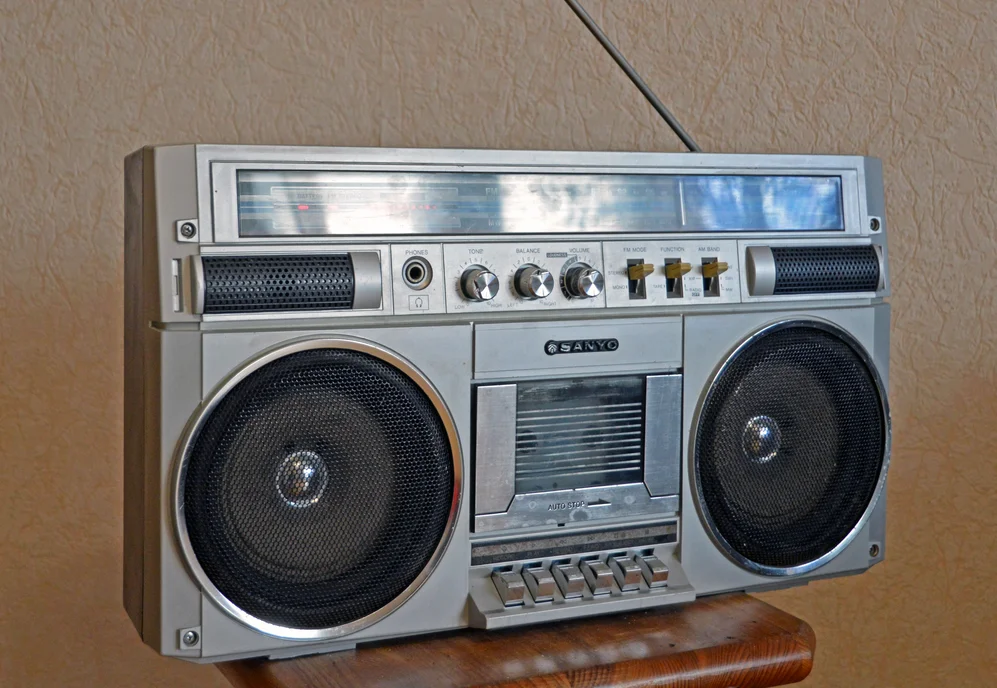
The relationship between batteries and boomboxes taught a generation about resource management. Watching those battery level indicators, carrying spares for longer outings, knowing exactly how many hours you could expect from a fresh set of D-cells—these were practical skills that connected you more deeply to your music experience.
The limited battery life made listening decisions more intentional—you didn’t just play music constantly as background noise; you chose when and what to play based partly on your remaining power. The weight of a fully-loaded boombox with fresh batteries was substantial, a physical reminder of the energy being stored and deployed to create your portable soundtrack. Today’s devices with their rechargeable batteries and low-battery warnings have removed much of this conscious resource management from our relationship with portable music.
8. The Ritual of Cassette Maintenance
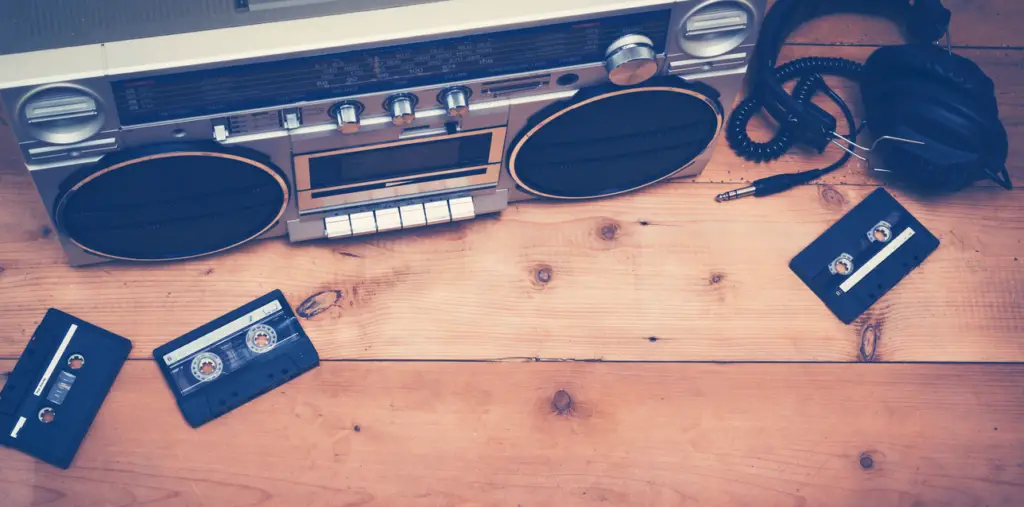
Caring for your tapes created a maintenance relationship with your music that streaming has eliminated. The occasional need to rescue a tape eaten by a temperamental deck became a rite of passage—carefully extracting the tangled ribbon, patiently rewinding it with a pencil, and feeling the triumph when you successfully restored it to playable condition.
This hands-on troubleshooting developed practical mechanical skills and fostered a deeper appreciation for the medium itself. Cleaning tape heads with alcohol, adjusting azimuth with a tiny screwdriver, even splicing broken tapes—these maintenance rituals created a level of engagement with the technology that today’s sealed, unrepairable devices actively discourage. The fragility of the medium made the music itself seem more precious, something that required care and attention rather than unlimited, effortless access.
9. The Subversive Joy of Recording from Radio
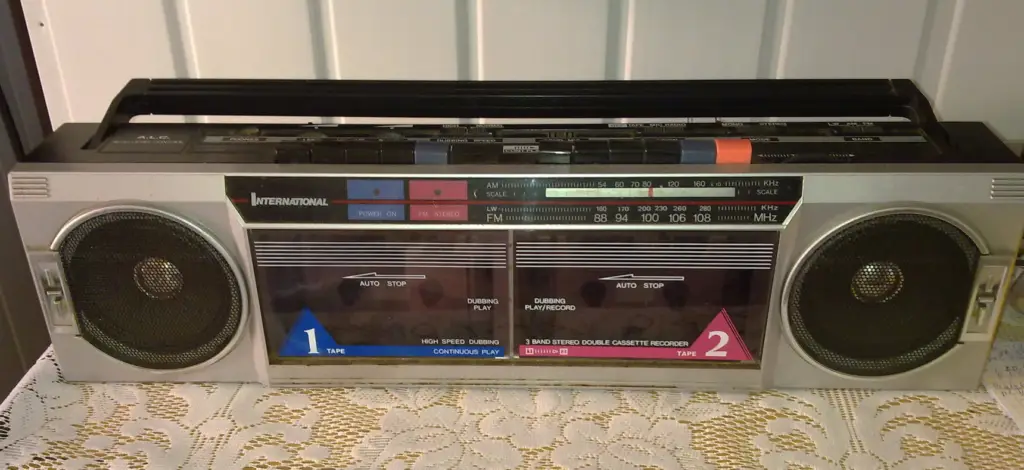
There was something thrilling about sitting by your boombox, finger hovering over the record button, waiting for the DJ to play your favorite song. This active participation in capturing music from the airwaves felt almost subversive—you were taking control of broadcasts, transforming ephemeral radio waves into permanent possessions.
The imperfections became part of the experience—maybe you caught the DJ talking over the intro, or missed the very beginning, or recorded unwanted station identifications. These “flaws” became woven into your personal version of the song, familiar markers that you’d anticipate on every listen. The effort required to capture songs from radio meant each successful recording represented a small victory, making the resulting tape more valuable because of the time invested and the element of chance involved in the process.
10. The Unique Sound Quality of Cassette Audio
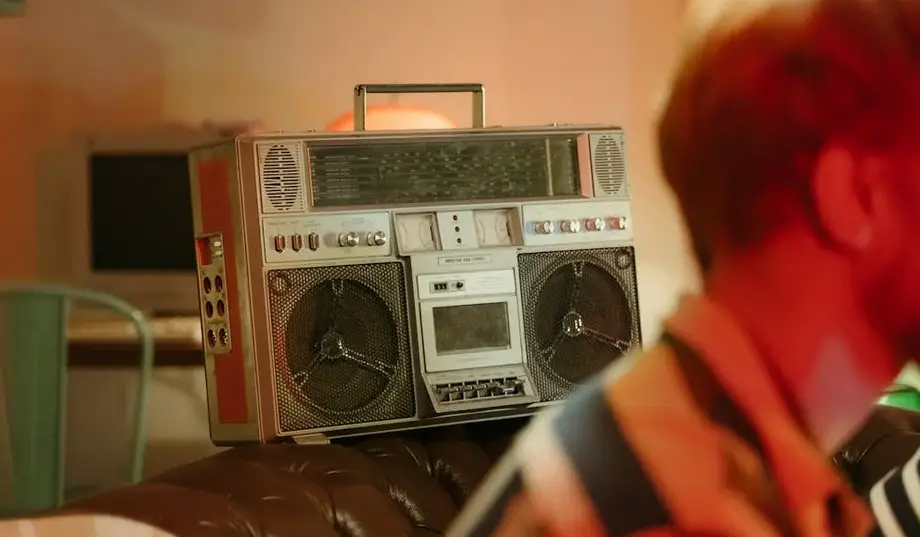
The characteristic sound of cassette playback—that slight compression, the subtle tape hiss, the occasionally warbled pitch—created an audio aesthetic entirely its own. Far from the clinical perfection of digital audio, cassettes added a warm coloration that many listeners came to associate with certain genres and eras of music.
This analog sound signature is something many modern producers now try to recapture through digital filters and effects, recognizing that technical perfection isn’t always the same as emotional resonance. The physical limitations of the medium—frequency response constraints, dynamic range compression, slight speed variations—weren’t bugs but features that shaped how music was mixed, produced, and experienced. Some albums were specifically mastered to sound optimal on cassette, embracing the medium’s characteristics rather than fighting against them.
11. The Pleasure of Manual Track Navigation
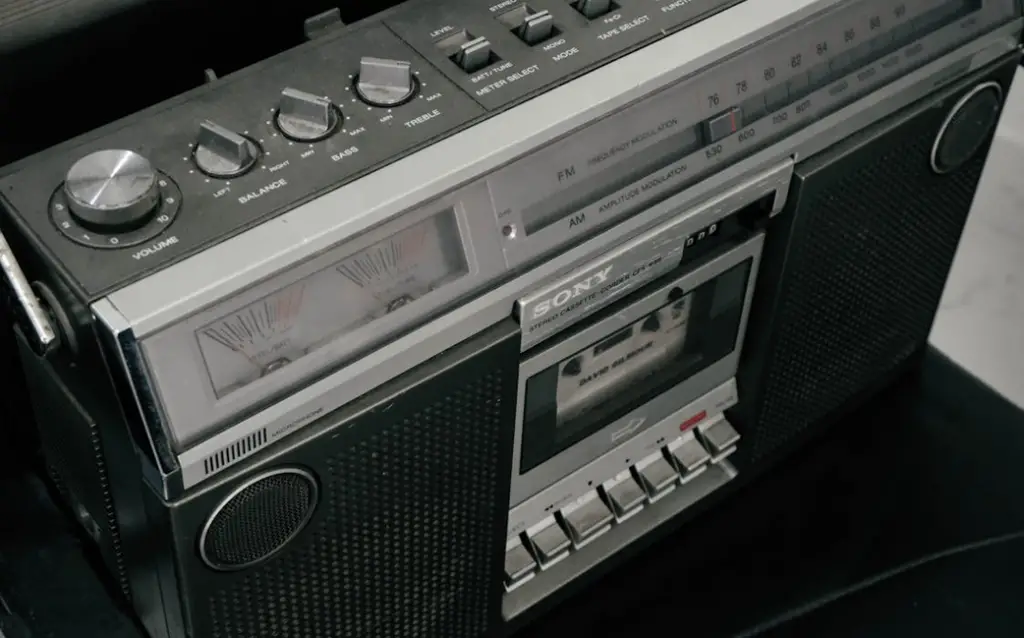
Navigating a cassette required active participation and developed an intuitive sense of time and space within the album. You learned to recognize songs by the patterns on the tape itself—a quiet section might show as a different density on the spools, letting you visually identify landmarks within the album.
This physical relationship with the music’s timeline created a different kind of familiarity with albums than today’s track-by-track digital navigation. You experienced albums as continuous journeys rather than collections of isolated songs, developing an appreciation for the art of album sequencing and transitions between tracks. The effort required to skip songs you didn’t like often meant you gave them multiple chances, sometimes discovering delayed appreciation for tracks that might be instantly skipped in today’s streaming environment.
12. The Authentic Connection to Live Recordings
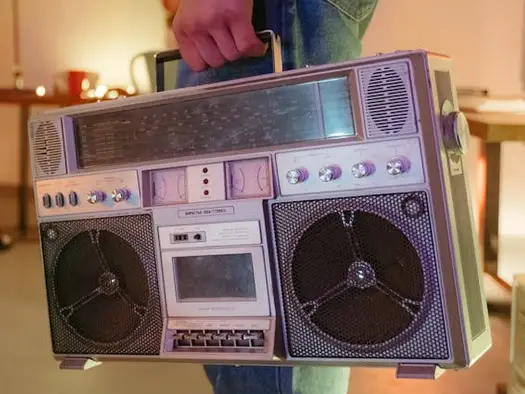
For many music lovers, homemade live recordings captured on portable cassette recorders provided the only access to concert experiences they couldn’t attend in person. These bootleg tapes, often traded through informal networks of fans, preserved performances with an authenticity that official releases sometimes lacked.
The ambient crowd noise, the variable sound quality, even the movement of the person recording—all these “imperfections” actually enhanced the feeling of being present at a historic musical moment. Each generation of copying might degrade the audio quality slightly, but paradoxically increased the recording’s value by extending its reach to more listeners. These tapes created communities around shared experiences, with knowledgeable fans becoming curators of unofficial archives that preserved musical history outside commercial channels.
13. The Accidental Archeology of Found Tapes
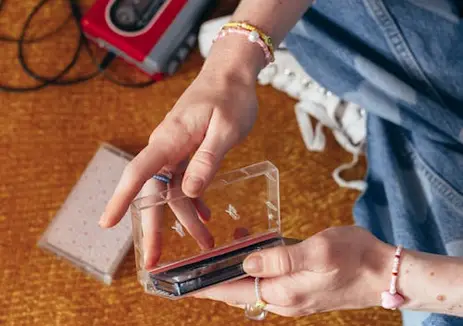
Finding an unmarked tape—perhaps left behind by a previous car owner or discovered in a used boombox—was like uncovering a time capsule from a stranger’s life. Playing these mysterious cassettes revealed unexpected musical landscapes, personal recordings, or radio shows that provided glimpses into other people’s worlds.
This accidental archeology has no real equivalent in digital media, where content is either explicitly shared or remains private behind passwords and accounts. The physical nature of cassettes meant they could be lost, found, and repurposed in ways that created unexpected connections between previous and current owners. Each found tape told a story through its selection of songs, the order of recording, the places where the previous owner had worn out the tape through repeated listening—creating an intimate connection with an unknown curator from the past.
14. The Reassuring Weight of Your Boombox

The substantial heft of a good boombox provided a reassuring physical presence that today’s lightweight portable speakers can’t match. The weight signified seriousness of purpose—this wasn’t a toy but a legitimate piece of audio equipment with real speakers, substantial amplification, and enough battery capacity to power your portable music world for hours.
Carrying your boombox required commitment—it occupied one hand or perched on your shoulder, a visible demonstration of your dedication to providing a soundtrack for yourself and those around you. This physical investment in music portability made the experience more intentional than today’s effortless streaming to miniature speakers. The boombox’s weight anchored your music in physical space, creating a center of gravity for social gatherings and personal listening sessions alike.
15. The Finality of the Auto-Stop Mechanism
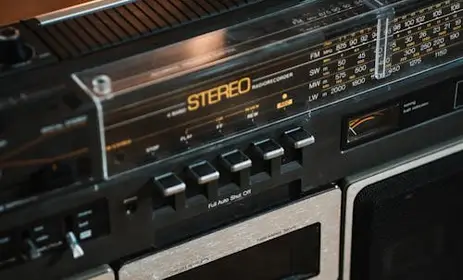
When a side ended and the auto-stop mechanism engaged with its distinctive mechanical thunk, it created a moment of silence that served as a natural intermission in your listening experience. This built-in pause gave you time to reflect on what you’d heard before deciding whether to flip the tape, change to something else, or simply sit with the silence for a while.
Today’s endless playlists and autoplay features have eliminated these natural breaking points, turning music listening into a potentially infinite stream that requires active intervention to stop rather than to continue. The physical limitation of the cassette side—typically 45 minutes—created album experiences designed around this constraint, with careful consideration given to which song would close each side. That moment when the music stopped and the mechanism released had a satisfying finality that signaled completion of a musical thought—an experience increasingly rare in our endless-loop digital world.
The cassette-boombox era represents more than just outdated technology—it embodied a different relationship with music consumption that balanced convenience with intentionality, portability with presence, and personal choice with physical limitation. The satisfactions of this analog music experience weren’t bugs to be fixed but features that engaged multiple senses and created more mindful listening habits. As vinyl records have experienced a renaissance among those seeking more tangible music experiences, perhaps the humble cassette and mighty boombox deserve similar reconsideration—not just as nostalgic curiosities, but as technologies that understood something fundamental about how humans connect with music through physical interaction.


